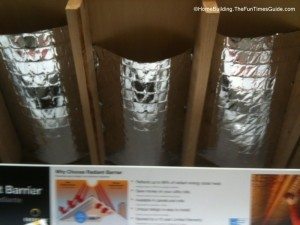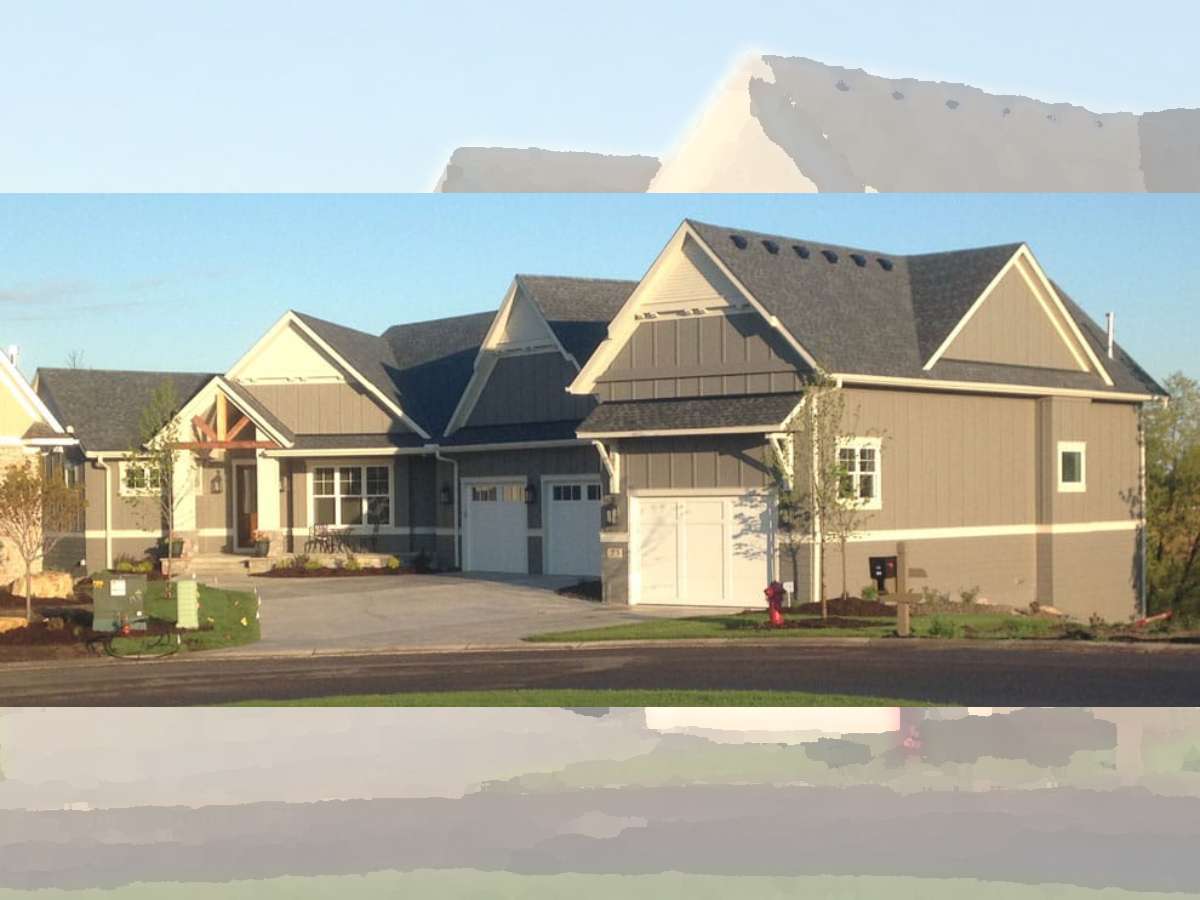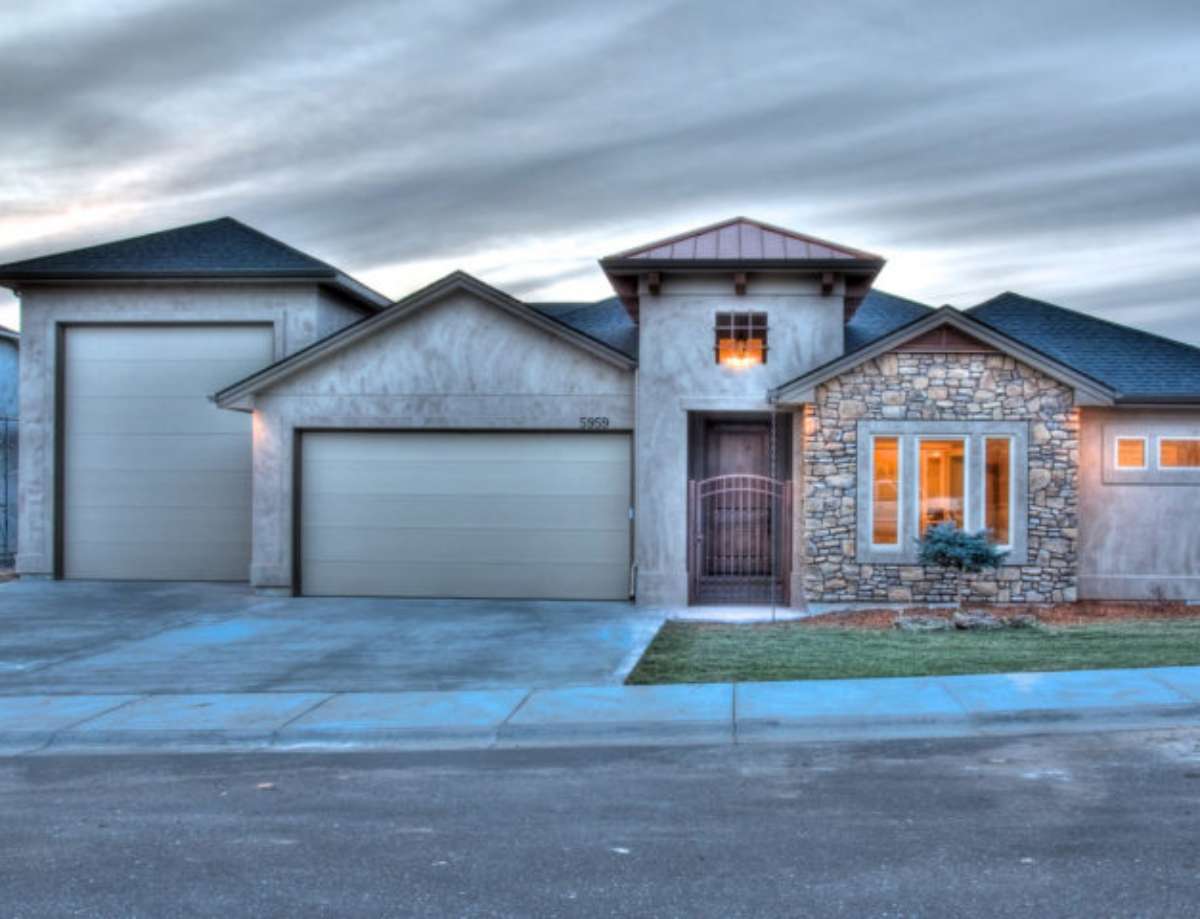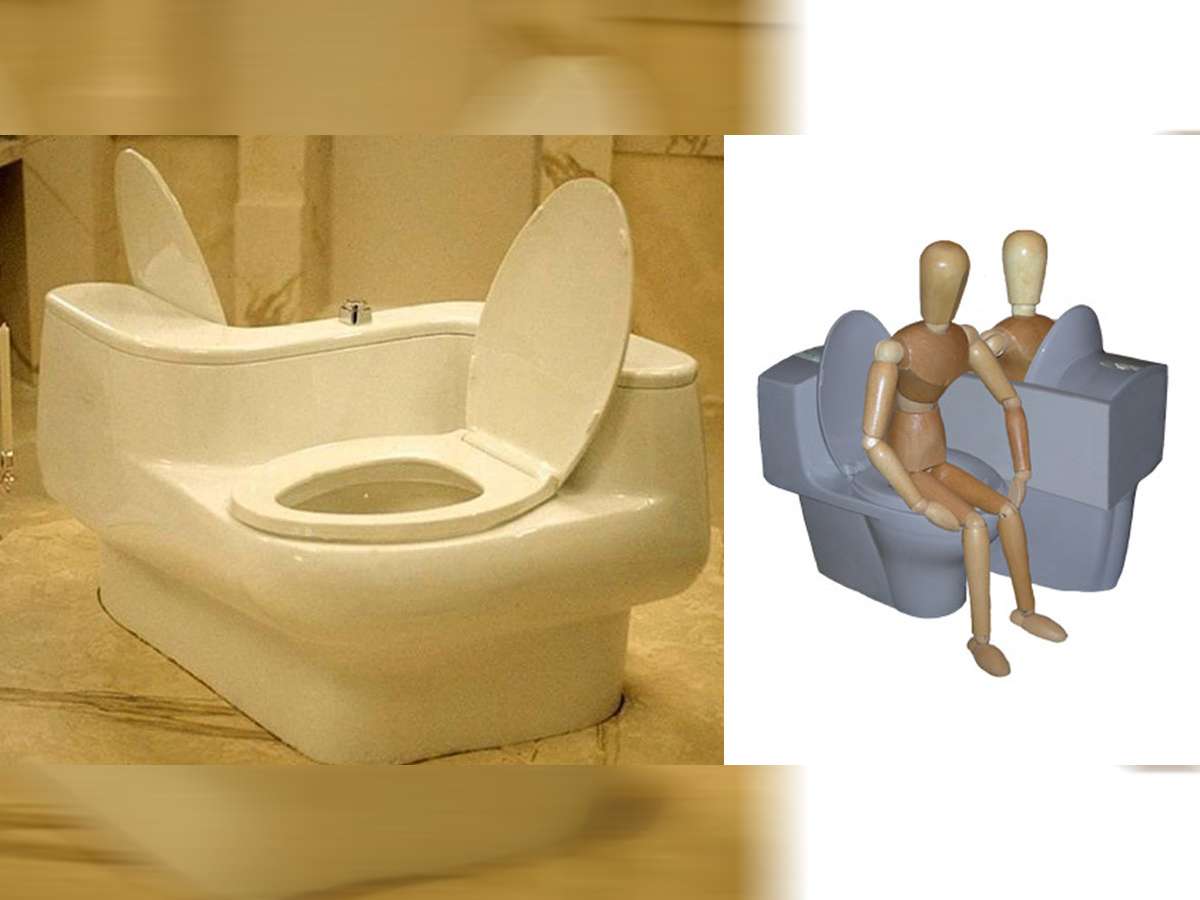 Radiant barriers have been around for decades but they are starting to gain momentum. This is due in large part to advances in design and the sales potential to existing homeowners that are upside down on their mortgages.
Radiant barriers have been around for decades but they are starting to gain momentum. This is due in large part to advances in design and the sales potential to existing homeowners that are upside down on their mortgages.
Radiant barriers are installed in homes — usually in attics — primarily to reduce summer heat gain and reduce cooling costs. The barriers consist of a highly reflective material that reflects radiant heat rather than absorbing it. They don’t, however, reduce heat conduction like thermal insulation materials. Source
I touched on the subject of radiant barriers in a recent post regarding home energy audits, but I wanted to dig a little deeper.
Radiant barriers inhibit heat transfer by thermal radiation. The concept works and is widely used throughout the homebuilding industry among homeowners who want a cost-effective method for reducing energy bills.
My Experience
We had 2 different salesmen come to our home to perform a home energy review with the hopes of selling us a very expensive radiant barrier installation.
We were unable to justify the nearly $4,ooo expense of having a radiant barrier installed in our attic.
Part of the deal was to include 5 other minor improvements to our home, but it still didn’t add up — especially when we considered the additional enhancements were something that we could easily do ourselves.
It’s not germane to the topic at hand here, so I won’t bother with the details of the deal that was offered.
Radiant Barrier Paint Or Foil… Which Is Best?
Both radiant barrier products are somewhat difficult DIY projects, but the radiant barrier foil is certainly the easier of the 2 to install and is more cost-effective than correctly spray painting your attic ceiling and rafters.
Not only is the foil easier to install, it is much more effective.
Radiant barrier foils can be up to 95% effective. Whereas, the paint version maxes out at around 75%, and that’s if it is applied exactly the right thickness throughout and if the rafters are sprayed on all exposed sides.
Is Radiant Barrier Foil A Doable DIY Project?
The short answer is yes.
The long of it is that you will need to do some very important prep work prior to installation. Your soffit vents will all need to be cleared to allow proper ventilation.
The other most important thing to remember is proper installation as detailed in the instructions.
There are a couple of different ways to install the foil:
- Vertically between the rafters with a little bit of slack to allow air flow.
- Horizontally in long, continuous sheets and stapled to the bottom portion of each rafter.
The horizontal method is preferable because it leaves very few gaps and it takes far less time to install.
If you are installing on a new home, you may be able to find plywood sheets with the radiant barrier foil applied to the underside of the sheet. It can be expensive, but will pay for itself over a given period of time.
There are several brands on the market so choose wisely:
…and a few more.
DIY vs Hiring A Professional
Whether or not you decide to make this a DIY project or hire a contractor to do it for you, the foil product that you decide to purchase must be perforated to allow proper airflow.
Proper DIY installation will require at least one partner that is willing to get dirty, sweaty and itchy. There are different schools of thought when it comes to placement of the foil and method. You may choose to apply it to the floor of your attic or along the rafters.
If you install it on the floor of the attic, it will eventually get dusty, dirty. The dust and dirt will reduce the reflectivity, therefore reducing how effective it was meant to be. In our case, we have a ridge vent and trees that overhang our house so small stuff blows into the attic space all of the time. Not only will it get dusty, there is a good chance that you might punch a few holes in it here and there if you use your attic for storage.
If you install it along the rafters of your attic, it will stay put and be forever shiny.
Here is a great tutorial on everything you need to know for a complete and proper DIY radiant barrier foil installation.



